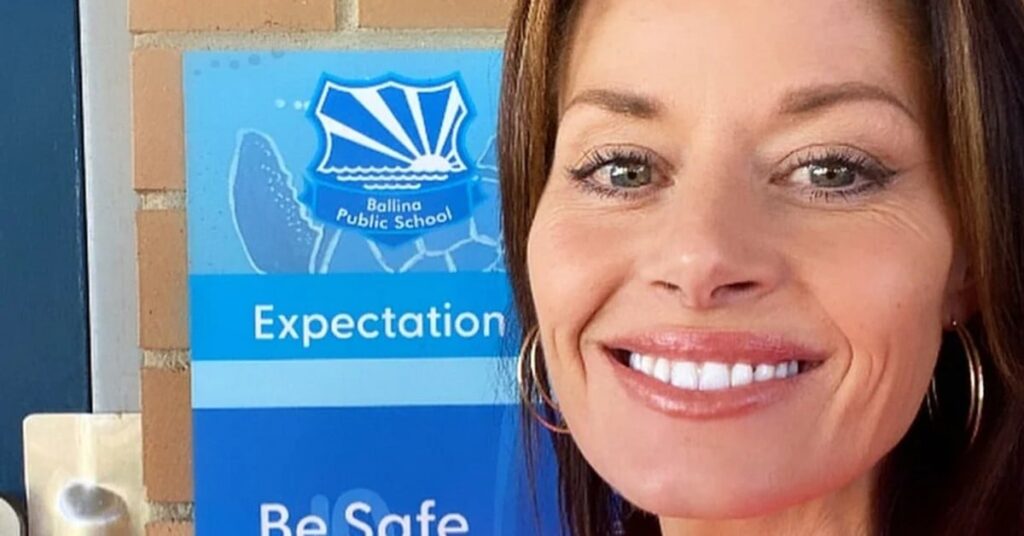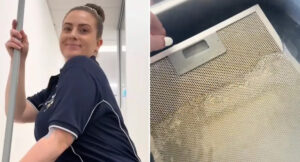
As an online safety educator, I spend countless hours presenting and engaging with children in schools, asking them about their online experiences. Whenever I inquire if they’ve encountered anything unsettling online, hands shoot up across the room. Yet, when I ask if they would share these experiences with their parents, the answer is often a resounding no. The fear of losing access to their devices keeps them silent. As a parent, this is a terrifying reality: our children are navigating a digital world filled with potential dangers, and they feel unable to confide in us.
Parenting in the digital age is fraught with challenges. Platforms like Roblox, which appear innocuous, can expose children to inappropriate content and risky behaviors. In 2020, Bloomberg reported a disturbing incident involving a registered sex offender in Kansas who communicated with an 8-year-old girl, exchanging virtual currency for explicit images. Similar concerns have been raised about Meep City, a Roblox virtual world, where children were exposed to inappropriate advances before the platform implemented changes.
A spokesperson for Roblox emphasized their zero-tolerance policy for predatory behavior, yet the damage from exposure to such content can be lasting. The issue extends beyond gaming platforms. Messaging apps like Snapchat can become tools for manipulation, with deepfake technology enabling the creation of false images that can be used against unsuspecting teens. This new form of “stranger danger” is pervasive and frightening.
The Impending Age Delay and Its Implications
The introduction of the Age Delay, set to take effect on December 10, 2025, will require Australian children to be at least 16 to access certain social media platforms deemed potentially harmful. This policy shift comes in response to the inadequacies of the Children’s Online Privacy Protection Act, which set the recommended age at 13. Despite these regulations, a significant number of children under 13 are already active on social media, with 175,000 children under 12 signing up daily.
To put this into perspective, the hacking incidents involving Medibank and Optus, which leaked hundreds of data points, pale in comparison to the 72 million data points amassed on the average child by age 13. This staggering figure highlights the extent of children’s digital footprints and the potential risks they face.
Understanding the Digital Landscape
The digital era presents unprecedented challenges for parents striving to protect their children. The rapid pace of technological advancement makes it difficult to keep up, let alone fully comprehend the implications. Our children are the first generation to grow up with technology as an integral part of their lives, akin to an extra limb they rely on for communication, education, and entertainment.
Education about safe online practices is crucial, but it must begin with open, non-judgmental conversations. As an educator and parent, I urge against the instinct to confiscate devices at the first sign of trouble. Post-pandemic, devices have become essential tools for children, and removing them can sever a vital line of communication between parent and child.
Building Trust and Communication
It requires effort and patience, but I now approach discussions about online activities with my children from a place of curiosity rather than alarm. I engage in gaming with them, initially a daunting task, but one that has offered valuable insights into their world. By fostering an environment of trust, children are more likely to share their experiences, allowing parents to intervene before situations escalate.
We may not always get it right as parents, but our role is to advocate for our children’s safety. Ensuring they feel comfortable coming to us with their concerns is the most effective way to protect them from the myriad dangers lurking online.
As we navigate this digital jungle together, remember that our support and understanding are the most powerful tools we have to guide our children safely into the future.






